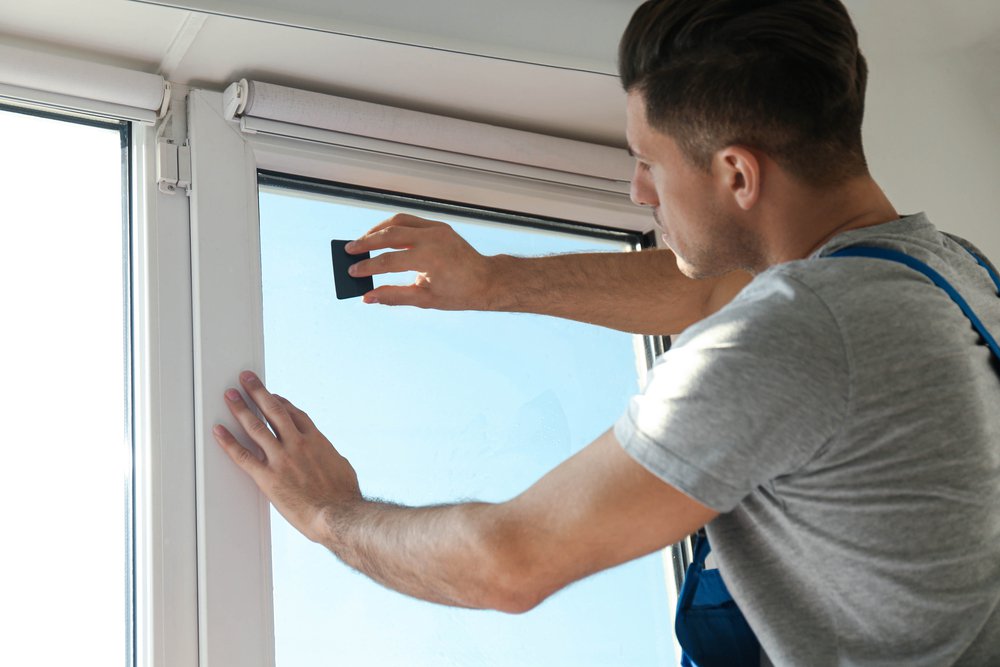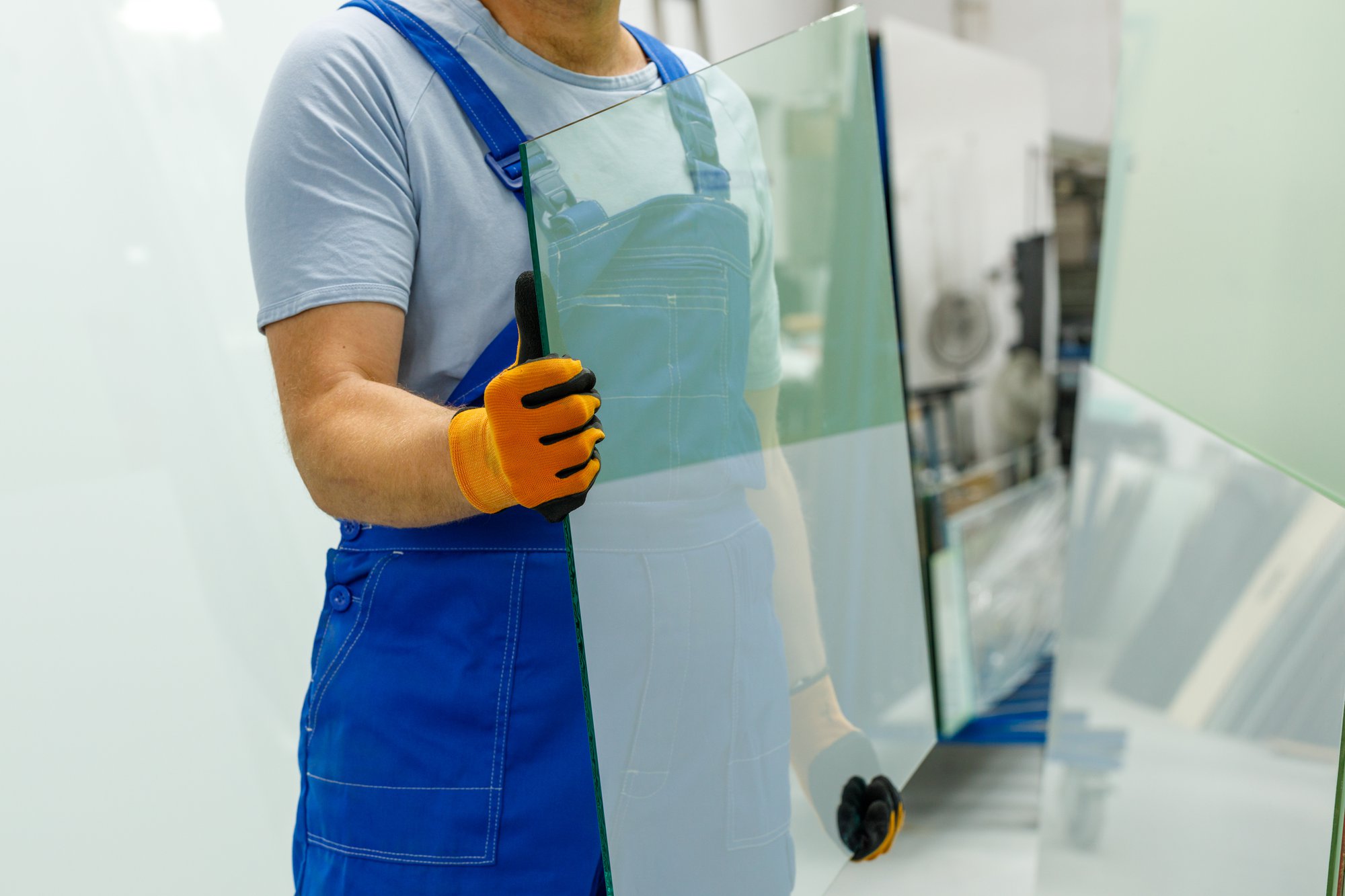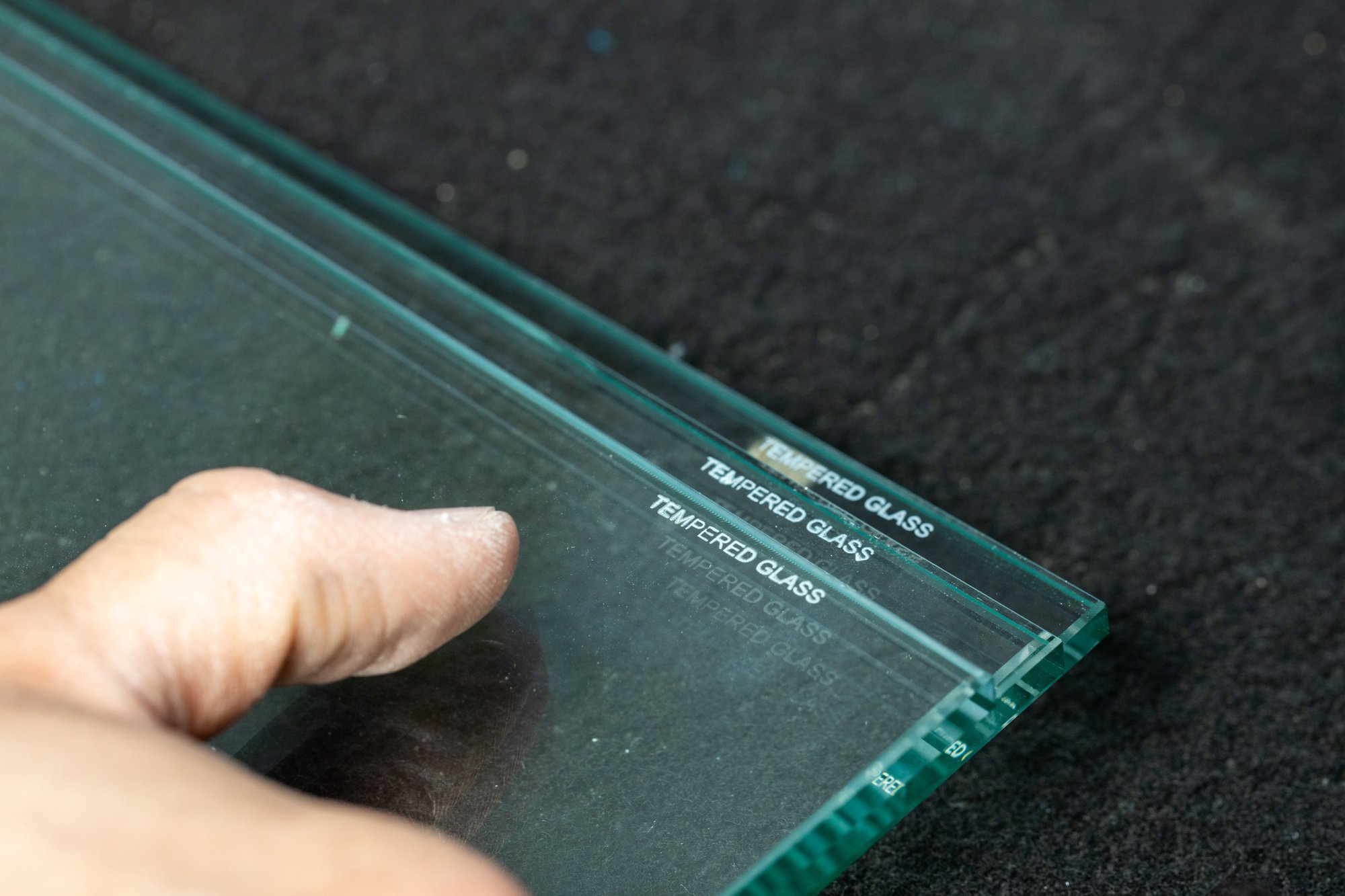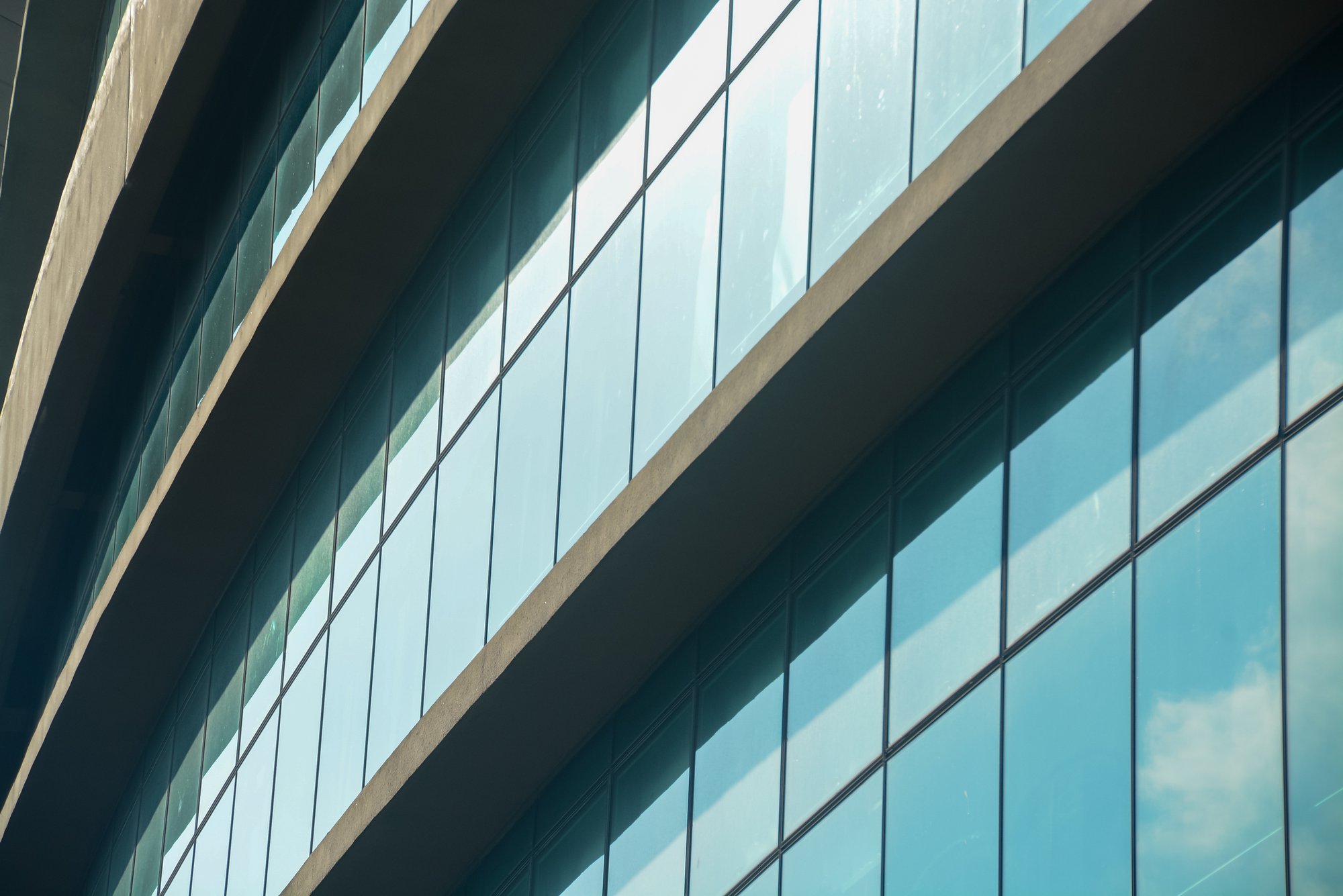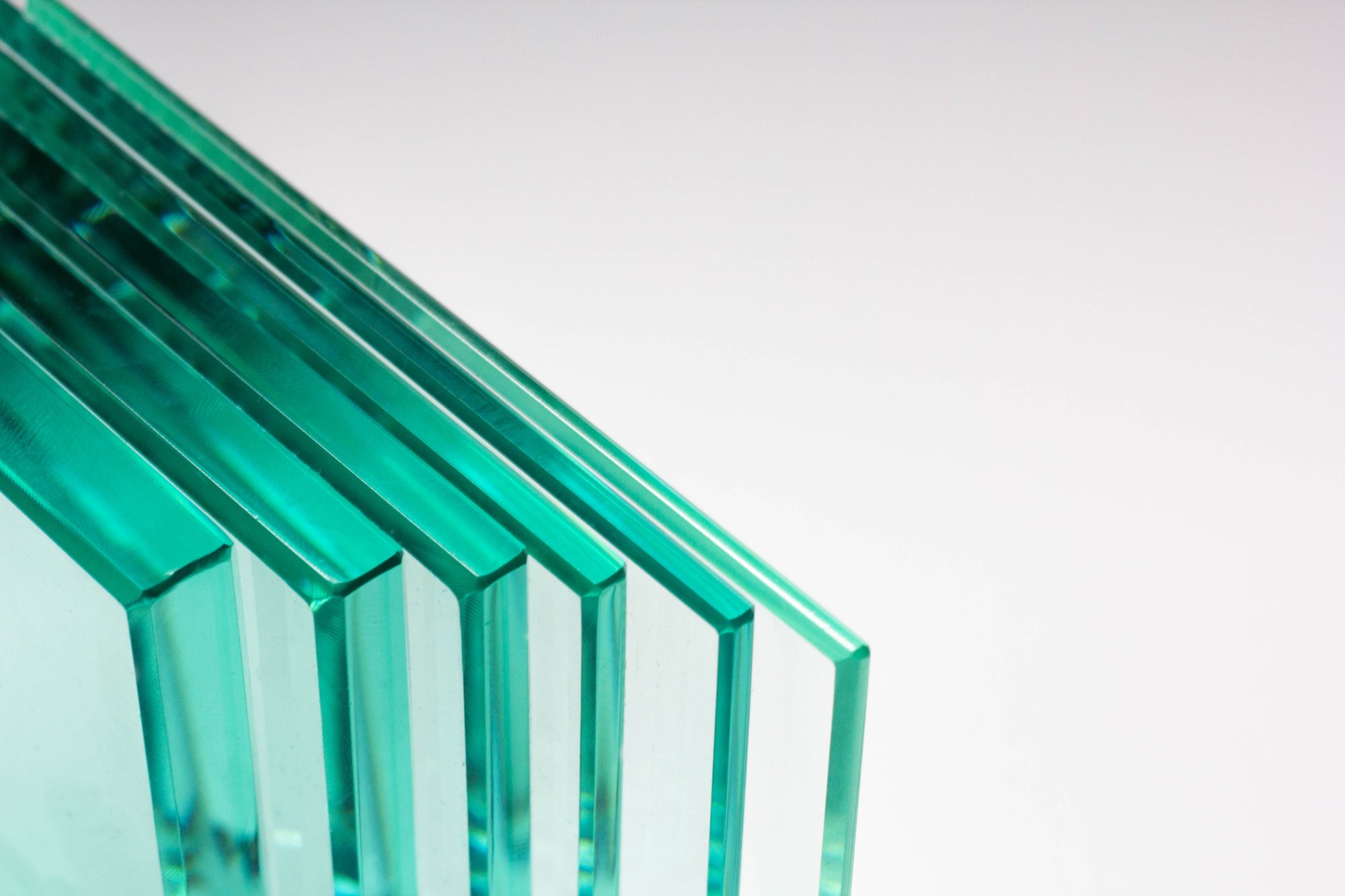Protective film for windows offers the dual advantage of enhancing energy efficiency and providing robust UV protection for residential and commercial buildings. By reducing energy costs and extending the lifespan of interior furnishings, this innovative solution leads to significant cost savings and improved building performance.
Understanding the Science Behind UV Protection
Protective films for windows utilize advanced technology to block harmful UV rays effectively. These films are typically made from polyester substrates combined with UV-absorbing materials. When applied to windows, they act as a barrier, preventing up to 99% of UV radiation from penetrating the glass.
The science behind this protection lies in the film's ability to absorb and reflect UV rays. By doing so, it minimizes the amount of UV light that enters a building, thereby reducing the risk of fading and damage to interior furnishings. This is particularly beneficial for preserving the quality of furniture, carpets, and artwork, which are susceptible to UV-induced deterioration.
Furthermore, protective films can also enhance the thermal performance of windows. By reflecting a portion of the sun's heat, these films help maintain a consistent indoor temperature, reducing the need for excessive air conditioning. This not only contributes to energy savings but also creates a more comfortable living or working environment.

Benefits of Protective Film for Windows for Residential and Commercial Settings
Protective window films offer numerous benefits for both residential and commercial settings. In residential applications, homeowners can enjoy enhanced privacy and security. The film's ability to reduce glare and block UV rays creates a more comfortable living environment while protecting valuable interior furnishings from fading.
The advantages of protective film for commercial buildings are equally compelling. Office spaces benefit from reduced energy costs due to the film's thermal insulation properties. This leads to lower utility bills and a more sustainable operation. Additionally, improved comfort levels can enhance employee productivity and satisfaction.
Case studies highlight the effectiveness of protective films in various scenarios. For instance, a retail store in Alberta reported a 20% reduction in energy costs after installing protective window films. The store also noted a significant decrease in the fading of merchandise displayed near windows, preserving the quality and appearance of their products.
In another example, a corporate office in British Columbia experienced enhanced security and privacy after applying protective films. The film's ability to hold shattered glass together in the event of breakage provided an added layer of safety, which was particularly valued in high-traffic areas. These real-world applications demonstrate the versatility and effectiveness of protective window films in diverse settings.
Cost-Benefit Analysis: Investment vs. Savings
Investing in protective window films involves an initial cost that varies based on the type and quality of the film, as well as the size of the windows. However, the long-term savings often outweigh these upfront expenses. By reducing energy consumption, protective films can significantly lower utility bills. For example, buildings with protective films can see a reduction in cooling costs by up to 30%, leading to substantial annual savings.
Protective films reduce maintenance costs in addition to energy savings. By blocking harmful UV rays, they prevent the fading and deterioration of interior furnishings, extending their lifespan. This means less frequent replacement of items such as carpets, furniture, and artwork, resulting in lower maintenance expenses over time.
Moreover, protective films can enhance the durability of windows themselves. The film's adhesive properties help hold glass together in the event of breakage, reducing the likelihood of costly repairs or replacements. This added layer of protection can be particularly valuable in areas prone to extreme weather conditions or high levels of foot traffic.
A comprehensive cost-benefit analysis reveals that the initial investment in protective window films is quickly recouped through energy savings, reduced maintenance costs, and enhanced durability. This makes protective films a financially sound choice for both residential and commercial properties, offering long-term economic benefits alongside improved comfort and security.
Environmental Impact and Sustainability
Protective window films play a crucial role in promoting environmental sustainability. By reducing the need for air conditioning and heating, these films help lower energy consumption. This decrease in energy use translates to a reduction in greenhouse gas emissions, contributing to a smaller carbon footprint for both residential and commercial buildings.
In addition to energy savings, protective films support eco-friendly building practices. Many films are designed to be long-lasting and durable, reducing the frequency of replacements and minimizing waste. This longevity aligns with sustainable building principles, which emphasize the importance of using materials that have a minimal environmental impact over their lifecycle.

Furthermore, protective films can enhance the overall energy efficiency of buildings, making them more likely to meet green building standards and certifications. For instance, buildings equipped with energy-efficient window films may qualify for LEED (Leadership in Energy and Environmental Design) certification. This not only demonstrates a commitment to sustainability but can also increase property value and appeal to environmentally conscious tenants or buyers.
Choosing the Right Protective Film for Windows for Your Needs
Selecting the right protective film for your needs involves considering several factors. Assess the climate in your area to determine the level of UV protection and thermal insulation required. Consulting with a professional installer can provide valuable insights and ensure you choose a film that meets your unique requirements.
To explore the benefits of protective window films and discover a range of solutions for your residential or commercial property, visit Insul-Lite Manufacturing™. With high-quality products designed to improve energy efficiency and UV protection, you can make a lasting impact on your building’s performance and sustainability.

